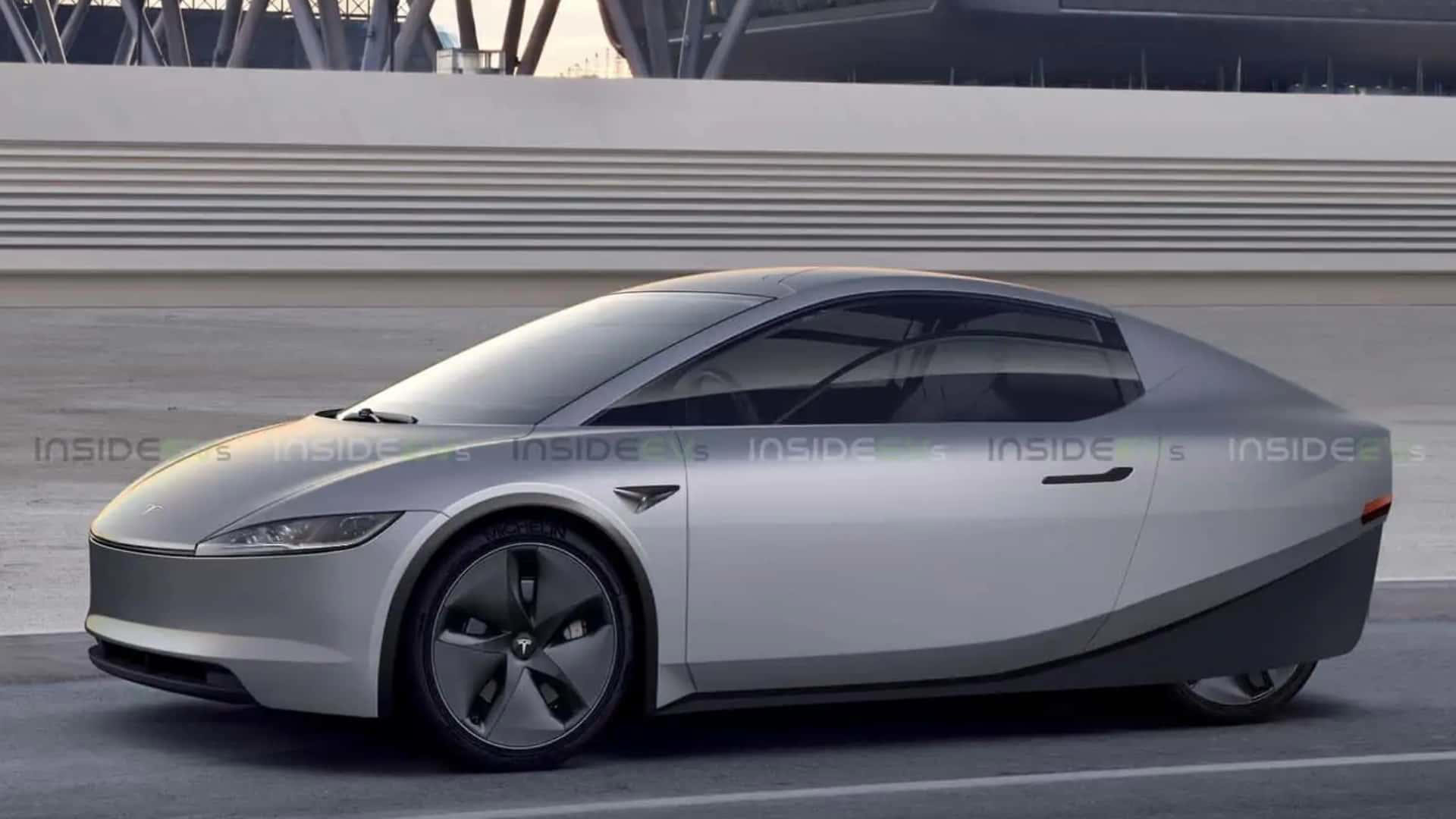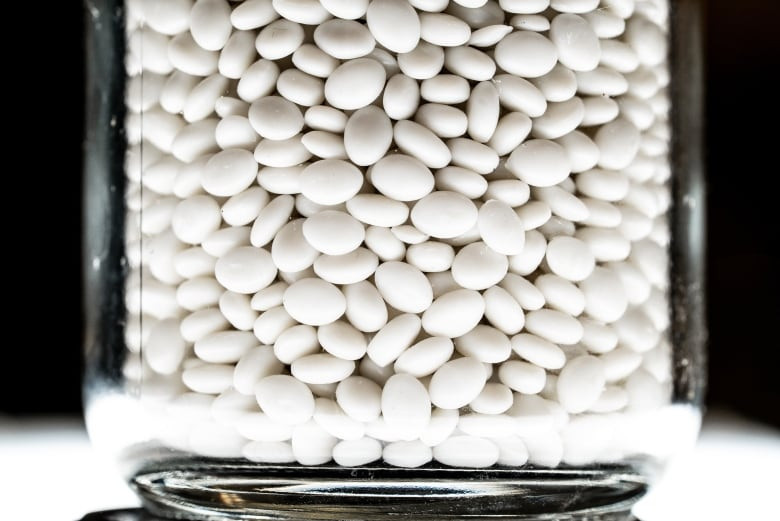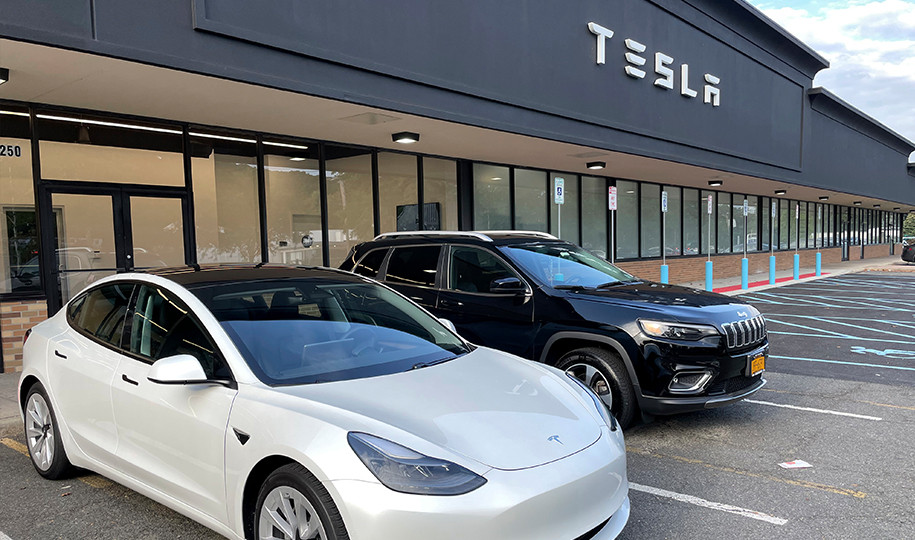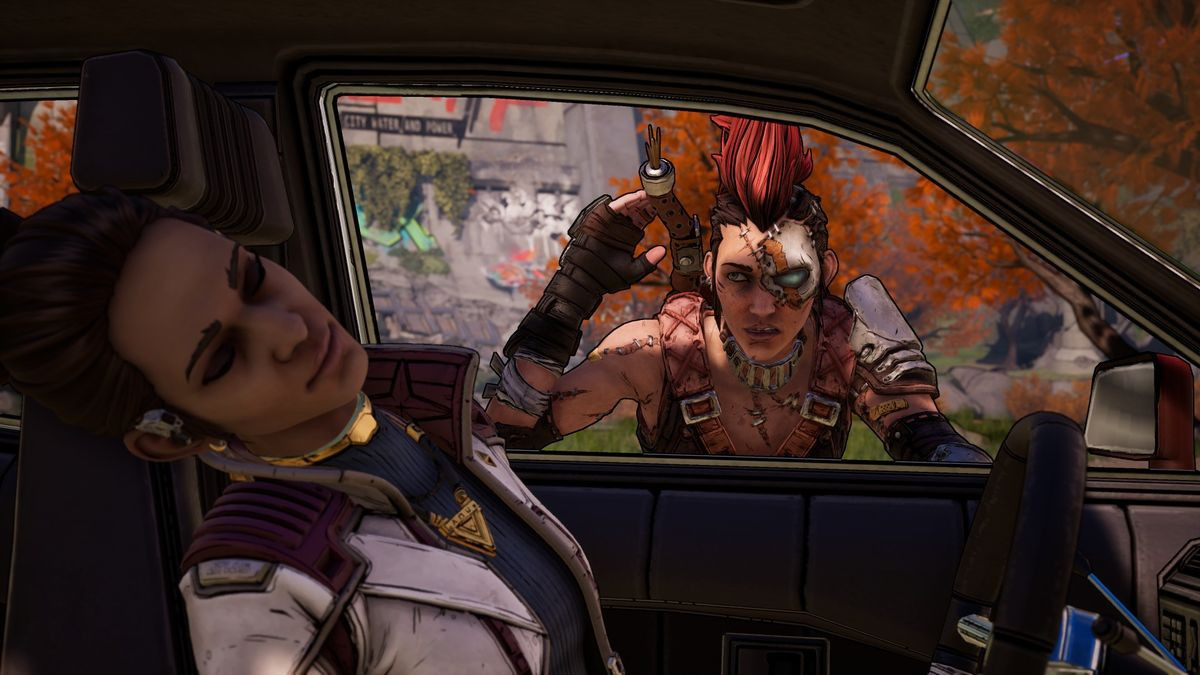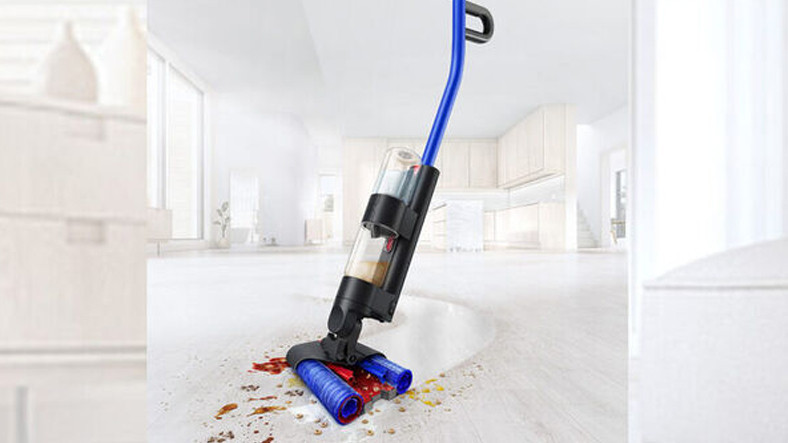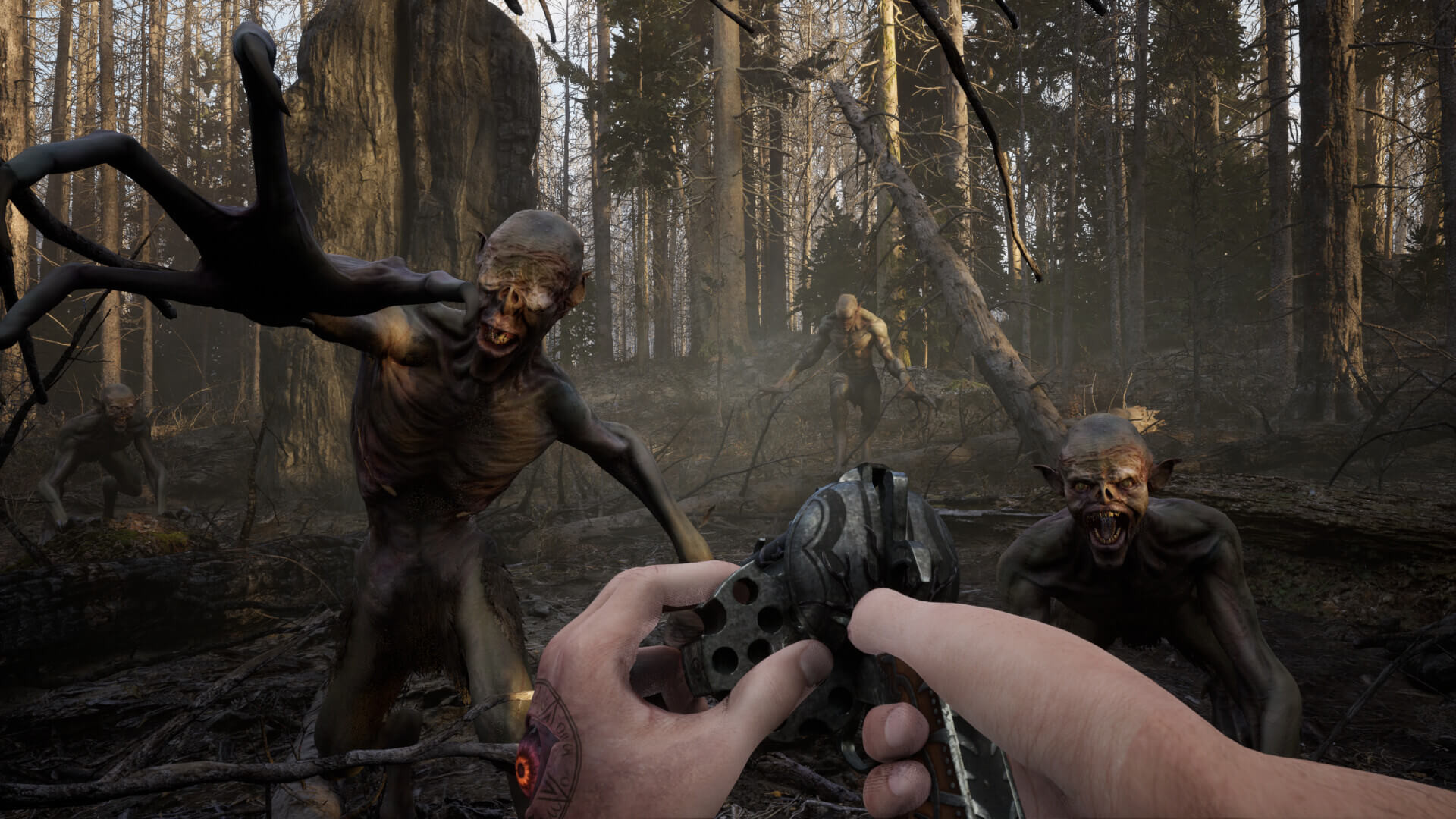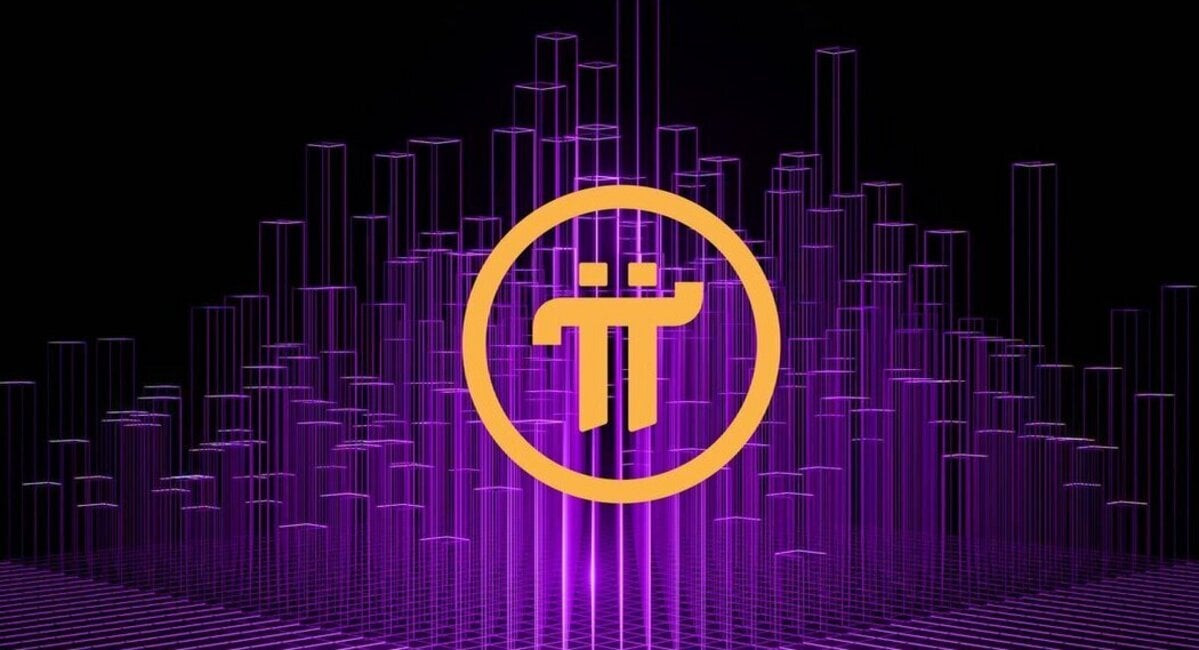At the much-anticipated We, Robot event hosted at Warner Bros. Studios in Burbank, California, the billionaire arrived in the Cybercab in his trademark black leather jacket, accompanied by a man dressed in a space suit. Human-like robots mingled in the crowd, danced and served drinks to those gathered for the party.
In the lead-up to the announcement, analysts were sceptical that Tesla would deliver on its promise, as fully self-driving vehicles had been flagged for nine years and robotaxis for five years.
The Cybercab will have no steering wheel or pedals, Musk said, and will have inductive charging rather than a plug.
He added that Tesla had “overspecced” the computer in the vehicles in what he termed as an Amazon Web Services style of computing – where it can be distributed across the network of cars.
Musk said the cost of the Cybercab was expected by Tesla to be below US$30,000 (£22,980, A$44,500).
He said the Cybercab would be in production “in 2026” then paused, and added, “before 2027”.
“I tend to be a little optimistic with timeframes,” he said.
He said autonomous cars can be used as Uber-like taxis when not being used by the owner, and people could set up fleets of the vehicles to rival ride-share companies in what he described as like a “shepherd with a flock of cars”.
“It’s going to be a glorious future.”
Before then, Tesla’s Model 3 and Model Y vehicles will move from supervised self-driving to unsupervised-self driving, starting with California and Texas next year, and elsewhere in the US and the rest of the world depending on regulatory approval. He says the S and X models will also have autonomous driving but did not set a timeframe.
“With autonomy, you get your time back. It’ll save lives, a lot of lives, and prevent injuries,” he said.
He said the cars would be safer than humans driving given Tesla has gathered driving data from millions of vehicles.
“With that amount of training data it’s obviously going to be much better than a human can be because you can’t live a million lives,” he said. “It doesn’t get tired, and it doesn’t text. It’ll be 10, 20, 30 times safer than a human.”
He also announced an autonomous van called Robovan that can carry up to 20 people and goods, but did not announce a price or when it would go into production.
The billionaire said that the company had “made a lot of progress” with Optimus, the humanoid robot Tesla has developed. Musk introduced the robots into the event hall telling attenders they will “walk among you” and serve drinks.
“Please be nice to the Optimus robots,” he said.
At the end of the event, a group of the robots was positioned in a neon-lit stage dancing to Daft Punk’s Robot Rock. He predicted that “at scale” the Optimus robot would cost up to US$30,000.
The showcase of Tesla’s advances in autonomous driving comes as the carmaker is facing a class action suit in the United States from Tesla owners who had been promised full self-driving that had yet to be delivered.
In February last year, Tesla was pressured to recall full self-driving vehicles by US safety regulators due to the system allowing speeding and other traffic violations, with Tesla fixing the issue with a software update.
In April this year, regulators also announced an investigation into full self-driving and autopilot systems and whether the company was doing enough to make sure the human drivers were paying attention, after a reported 20 crashes involving autopilot following the earlier recall.
Tesla's Approach To Autonomous Driving
Tesla’s approach to autonomous driving differs from its competitors. Unlike many self-driving vehicle developers who use a variety of sensors like lidar, radar, and cameras to collect data, Tesla relies solely on cameras and artificial intelligence (AI) to navigate its vehicles.
This visual-based approach, combined with AI, enables Tesla vehicles to “make decisions” on the road. Musk has argued that loading vehicles with multiple sensors is too expensive and adds unnecessary complexity to self-driving. This approach is considered more cost-effective, allowing Tesla to offer the Cybercab at a price point below US$30,000.
The Challenges Of Autonomous Driving
Despite its ambition, Tesla faces a number of hurdles in its pursuit of autonomous driving technology. The first is regulatory approval. While Tesla plans to offer “unsupervised Full Self-Driving” in California and Texas next year, it remains to be seen whether regulators will approve this technology. The second challenge is safety. While Tesla claims its system will be safer than human driving, the research community is yet to be convinced.
The company’s reliance on solely cameras and AI is a departure from other self-driving developers, and it remains to be seen whether it will achieve the same level of safety and reliability. There have been concerns about Tesla’s Full Self-Driving system, which has been investigated by US safety regulators due to its potential to violate traffic laws and accidents involving the system. The company has also faced a class-action lawsuit from owners who had been promised full self-driving that had yet to be delivered.
The Future Of Tesla
Tesla’s focus on autonomous driving and robotics is a major shift for the company, which has been facing challenges in its core electric vehicle business. Sales have softened, and the company’s model lineup is struggling. The company is also facing increased competition from both legacy automakers and upstart firms in China.
Musk’s push into autonomous driving and robotics is seen as a way for Tesla to differentiate itself in a crowded market and capitalize on the rapidly growing market for these technologies. However, the success of these initiatives remains uncertain.
The Show Must Go On
While Tesla’s ambitions in autonomous driving are met with skepticism and challenges, the company continues to push forward, showcasing its advancements through extravagant events like the We, Robot showcase. The company is betting big on the future of self-driving technology, and only time will tell if its bet will pay off.




